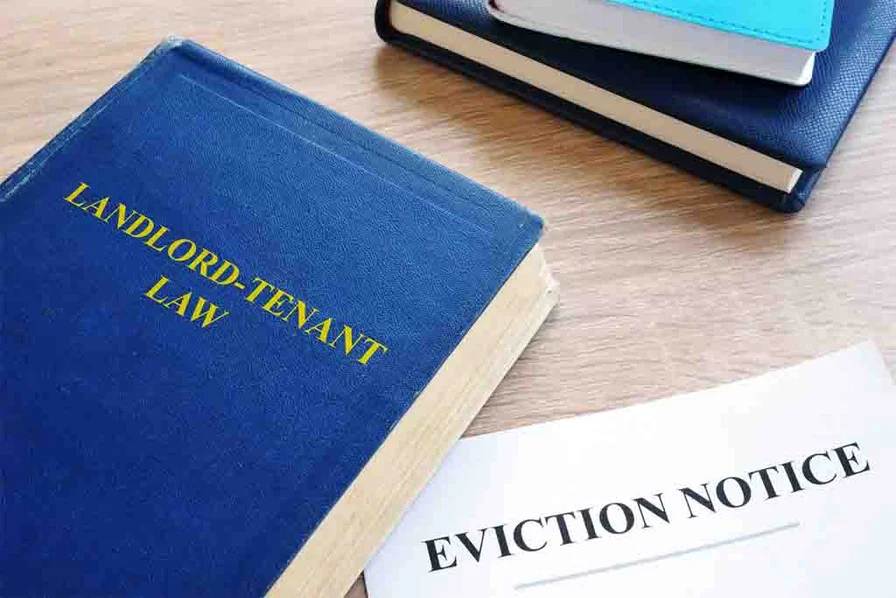If you’re a landlord in South Dakota, understanding the eviction process is vital. From serving notices to filing complaints, each step demands precision.
Different violations require specific notices, and knowing the costs involved is crucial. By familiarizing yourself with the laws, you can protect your rights and ensure a smooth eviction.
Stay informed, seek guidance when needed, and follow the correct procedures for a successful eviction.
Eviction Notice and Filing Process
When serving a South Dakota eviction notice, promptness is crucial for landlords. According to South Dakota eviction laws, landlords must serve a zero- to three-day eviction notice, depending on the situation.
Different types of three-day quit notices are utilized for various lease violations. Subsequently, landlords are required to file a Verified Complaint for forcible entry and detainer in court, with a filing fee of $70 for the eviction lawsuit.
Copies of the Summons and Verified Complaint must then be served to the tenant. It’s imperative that landlords follow the specific procedures outlined in the South Dakota eviction process to ensure a smooth and legally sound eviction process in compliance with South Dakota eviction laws.
Tenant Response and Court Hearing
Upon receiving the Summons and Verified Complaint, you, as the tenant, must promptly respond within four days by filing a written Answer in the South Dakota eviction process. This written Answer should address the allegations made by the landlord in the Verified Complaint.
Failure to file a written Answer within the specified timeframe may result in a default judgment being issued against you. After the Answer is filed, a court hearing will be scheduled where both parties can present their arguments and evidence. It’s crucial to attend this hearing to plead your case effectively.
During the court hearing, the judge will evaluate the evidence presented and issue a judgment, which could include the delivery of possession to the landlord and any claimed damages.
Default Judgment and Execution
After failing to respond or file an answer, a default judgment may be granted in the South Dakota eviction process, leading to the issuance of an Execution for Possession to remove the tenant. If the tenant doesn’t take appropriate action within the specified timeframe, the court may rule in favor of the landlord by default.
This judgment allows for the Execution for Possession to be issued, giving the landlord the legal right to have the tenant physically removed from the rental property by the sheriff. It’s essential to understand the implications of a default judgment and the subsequent execution process, including the associated fees and legal procedures.
Ensure you’re familiar with your rights and obligations as a landlord in these situations to navigate the eviction process effectively.
Evicting a Squatter in South Dakota
If a squatter meets specific criteria in South Dakota, they can be evicted as a criminal trespasser. To proceed with the eviction, you must ensure that the squatter doesn’t have a valid lease with the property owner, actively resides on the premises, and holds continuous possession.
Once these conditions are met, you can initiate the eviction process by serving the squatter with a zero- to three-day eviction notice, followed by filing a Verified Complaint for forcible entry and detainer in court. Remember to adhere to the necessary legal procedures and ensure that all documentation is properly completed to facilitate a smooth eviction process as per South Dakota laws.
Cost Estimates and Conclusion
For landlords in South Dakota, understanding the cost estimates and reaching a conclusion on the eviction process is crucial for successful outcomes.
Cost estimates for evictions can vary widely, and it’s advisable to consider expenses such as the $70 filing fee for initiating the eviction lawsuit and the $95 execution fee for removing a tenant. Hiring an eviction attorney may also be necessary, adding to the overall costs but ensuring legal compliance and efficiency in the process.
Given the complexity of the eviction process, reviewing local statutes and state laws is essential to navigate the procedures accurately. By carefully evaluating the costs involved and seeking professional guidance, landlords can effectively manage the eviction process in South Dakota.
Conclusion
In conclusion, as a landlord in South Dakota, understanding the eviction process is crucial for protecting your property rights. By following the correct procedures, serving the appropriate notices, and seeking legal guidance when needed, you can navigate the eviction process effectively.
Knowing the costs involved and being prepared for potential challenges can help ensure a smooth eviction process. Stay informed, be proactive, and take the necessary steps to successfully remove tenants or squatters from your property.







Leave a Reply